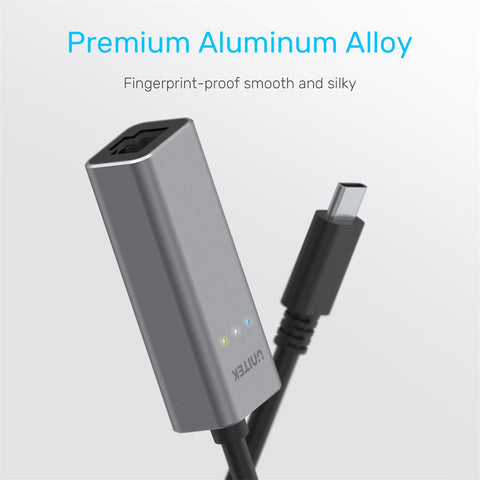
- Unitech 7 port usb hub with ethernet adapter how to#
- Unitech 7 port usb hub with ethernet adapter install#
- Unitech 7 port usb hub with ethernet adapter serial#
Unitech 7 port usb hub with ethernet adapter serial#
Expand Universal Serial Bus controllers by clicking the arrow to the left of it.On your desktop, right-click the My Computer icon and select Properties.Click the Start button and select Control Panel.Note: You may need to disconnect and re-connect your USB device after applying these settings to re-establish the connection. Click the plus sign (+) next to “USB settings” and “USB selective suspend setting” to expand the options and change the setting to Disabled.Click Change plan settings for the plan you want to change.Click Hardware and Sound, then click Power Options.On your keyboard, press the Windows key + X and select Control Panel.
Unitech 7 port usb hub with ethernet adapter how to#
The steps below outline how to configure the USB root hub to stay on during hibernation, to prevent this from happening. If the USB device does not work after your computer has been in extended hibernation, it is likely that Windows has automatically turned off the USB Root hub to save power. Test your setup using basic USB peripherals, such as a keyboard or mouse. If the USB peripheral(s) can be detected on a standard USB port and not on the hub, do the following: When testing your USB peripherals, make sure that you do the following:Ĭonfirm that the peripheral works on a standard USB port. The USB hub works independently of software and works with any operating system. Note: No drivers or software are required for the USB hub to work with your operating system.
Unitech 7 port usb hub with ethernet adapter install#
Install the latest drivers for the USB controller and motherboard chipset. Install the drivers for the USB peripheral. The USB hub will not appear in any hardware listings on your system, but USB devices do appear when they are connected. If a power adapter is included, provide power to the USB hub.Īttach a USB peripheral.

When you test the hub, make sure that you do the following: When you test your cables, it is recommended that you do the following:

Ideally, you should test a component that you know works in another setup. Use a different USB cable, USB port, and USB peripheral in your setup to see if the problem persists.

Use the USB cable and USB peripheral(s) in another setup to see if the problem is with the components or the setup. To test your setup components, try the following: You can test to make sure that the following components are working correctly and are not the source of the issue: When you troubleshoot issues with a USB hub, there are some quick tests that you can complete to rule out potential problems. OS Independent No additional drivers or software required


 0 kommentar(er)
0 kommentar(er)
